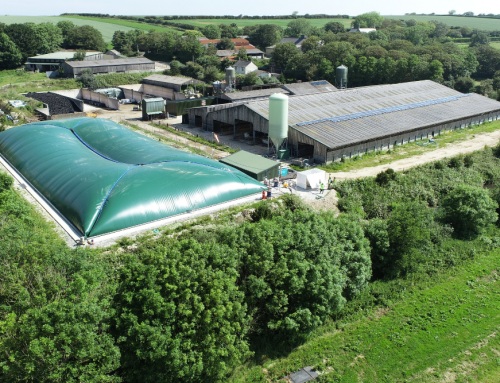ERP Implementation
The moment you decide on a solution that fits your business and a vendor you like, your ERP implementation journey to a more efficient company can begin.
We call this Project Kick off.
There are 3 vital elements to getting this right and they fall into 3 categories; People, Business Scenarios and Data.
People
At this point you need to put together your team which will include;
• A project manager to lead from you side
• A project sponsor – the person making the key decisions for the company, usually the person who is paying for it, although they won’t be needed on a day to day basis.
• A key user for each of your business processes.
Top tip
The key users are really important as they will become super-users for each area and will be responsible for passing on their knowledge of the new system to their teams. You want to pick the individuals who own that particular process whether that is; sales, distribution, warehousing, finance or marketing.
We then bring our project team to meet with you to discuss your Project Plan. This is a paper exercise during which we find out more about your needs. You can tell us;
• How many users you need on the system
• Which business areas they are in
• Resource allocation
• Availability of the key personnel
• Ideal time lines
This will all help to make the ERP implementation process as smooth as possible.
Now you are ready for the Workshop Stage
Business Scenario Workshops
This is where we start to discuss all the business scenarios in detail with the key users from each business area and to map them out. This is very useful process as it allows us to really get to grips with your requirements in detail. You may find that your new software will allow you to do much than before, so this is a good time to think about how you might change things around to be more efficient.
Some people discover that they don’t have a formal written down processes for doing certain things because they have always been so small – this is a great opportunity to step up to the next level.
Data
We’ve looked at People and Business Scenarios – now we need to look at the 3rd vital element.
Getting your data ready
Your data needs to be ship shape and in good condition before we can put it onto the new system. This can very time consuming so we advise clients to start early. Old legacy systems can make it hard to extract data and you might need expert help. Old data may need editing and corrupt data needs cleaning up. Eventually you will need to load the data onto templates in order to bring into Business ByDesign or whichever product you have chosen.
Remember that you data is one of your biggest business assets, so it is well worth the time and effort to cleanse it in order to bring it safely into the system in the right format. It may require you to instigate new systems e.g. for numbering sales orders or creating product ids.
Top tip
Establish a data policy framework in advance which describes how data should look in a future system and how you are going to consolidate and cleanse customer, product and vendor data. Then the task can be handed over while key team members get on with the next stage.
Issues and Risks
As we go through your processes in detail we create an issues and risks log specific to your company so that we can make sure that we are always across your particular issues.
In the next blog you will reach the end of your ERP implementation journey, as we move onto configuration, testing, cutover planning and adoption.
Follow us on social media and don’t miss our next blog on Powerful Questions for Business Software.









